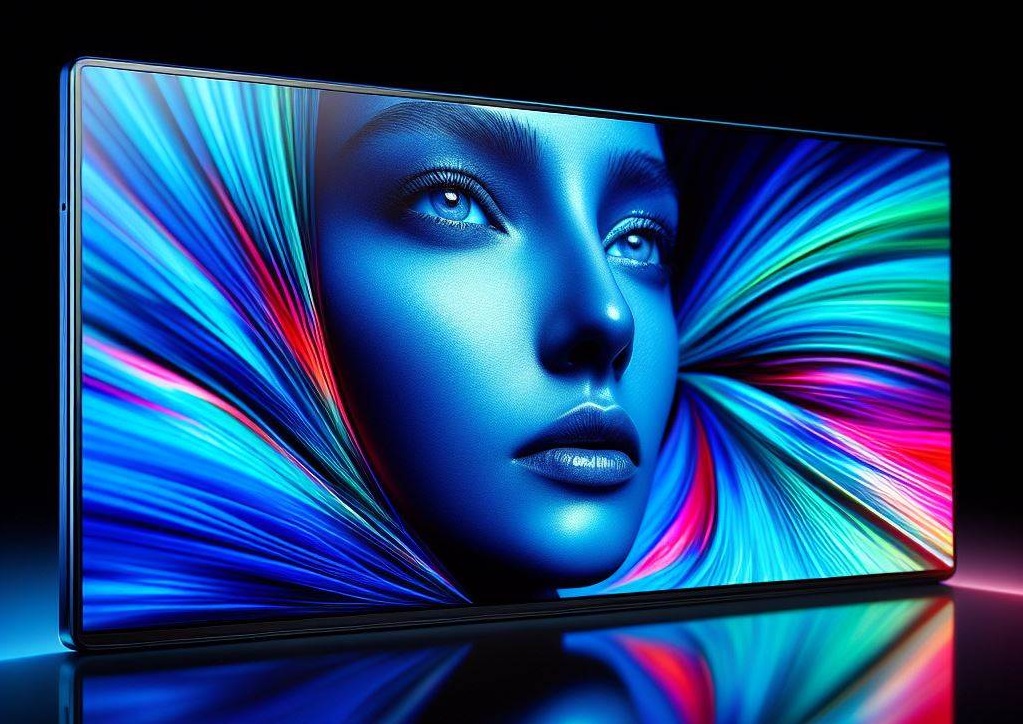New blue-light tech could make OLED screens cheaper and fix “burn-in”
This tech could make OLED screens cheaper and eliminate burn-in for good
Researchers at Cambridge University have uncovered a new way to create OLED screens. Not only could this result in the creation of cheaper OLED screens, but it could also banish OLED burn-in once and for all. Why? Cambridge University appear to have solved the “blue OLED problem”.
Today’s OLED screens feature millions of pixels. These pixels feature red, green and blue (RGB) subpixels. These subpixels light up at different intensities to create every colour that OLED screens can produce. Blue sub-pixels are the least stable sub-pixels, making them more susceptible to “burn-in”. Burn-in causes visible marks to be permanently left on a screen. While modern OLED screens are less susceptible to burn-in, more stable blue sub-pixels.
Thanks to a newly discovered blue compound for OLED screens, it should now be possible to create OLED screens with much more efficient blue sub-pixels. This new blue OLED molecule ” blocks the destructive energy pathways”. This change makes blue OLED sub-pixels more efficient and durable. This can reduce the energy costs of running future OLED screens and eliminate a major cause of burn-in.
Below is what Dr Daniel Congrave had to say about this new blue OLED compound.
“We’ve designed a molecule that’s allowed us to simplify the emissive layer of the blue pixel to only two components, while maintaining high efficiency, which could help to drive down cost,â€
“The molecule we describe in this paper is also one of the narrowest emitting blue molecules out there, which is very useful for screens because it allows for high colour purity.â€
A side-benefit of this new blue OLED material is that it may make future OLED screens cheaper to produce. Today’s OLED screens are made of a layers of specialised materials, some of which are designed to reduce burn-in. With more efficient blue OLED subpixels, these protective layers may become unnecessary, simplifying OLED manufacturing significantly. This could reduce the material costs and manufacturing costs of OLED screens, making future OLED panels cheaper.
You can join the discussion on Cambridge University’s new Blue OLED technology on the OC3D Forums.




